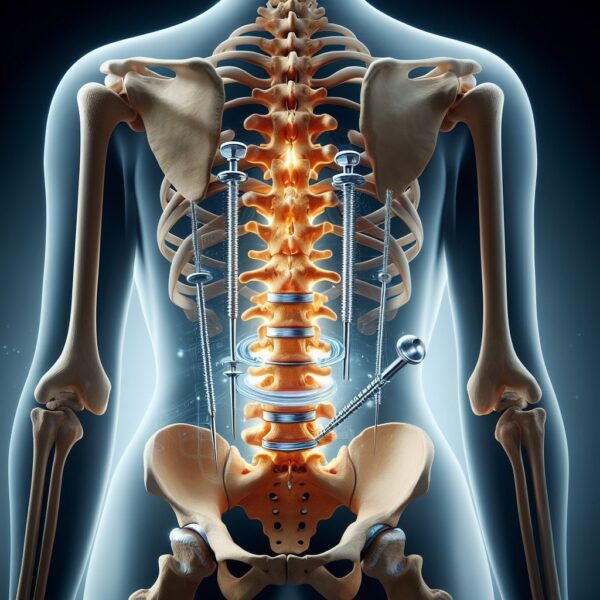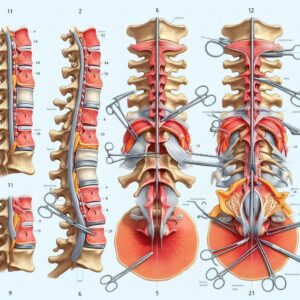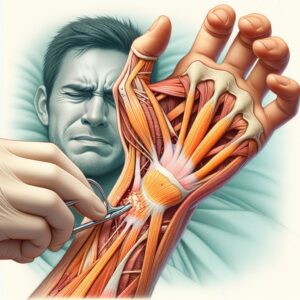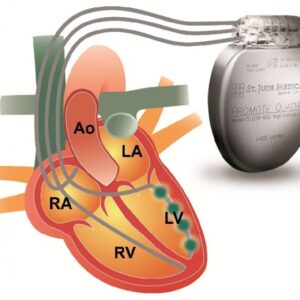

From: 100.00$
The Iran Health Clinic is a reputable medical center that specializes in providing advanced fat transfer treatment to its patients. With a team of experienced doctors who have been trained in the latest fat transfer techniques, the clinic is committed to delivering high-quality care that is tailored to meet the unique needs of each patient.
Using state-of-the-art technology and equipment, the clinic can perform fat transfer procedures that are safe, effective, and minimally invasive. Whether you are looking to restore volume to your face, increase the size of your breasts, or enhance your buttocks, the Iran Health Clinic can help you achieve your desired results.
With a warm and welcoming environment, the clinic strives to make every patient feel comfortable and relaxed throughout their entire treatment process. If you are looking for a trusted medical center for your fat transfer needs, then the Iran Health Clinic is the right choice for you.
Familiarity with Treatment:
Spinal fusion is a surgical procedure that involves joining two or more vertebrae together using bone grafts and, in some cases, implants. The goal of this surgery is to stabilize the spine and reduce pain by preventing movement between the vertebrae.
Procedure: During spinal fusion, the surgeon will access the spine through an incision in the back, and then bone grafts are placed between the affected vertebrae. Over time, the bone grafts will fuse with the existing bone, creating a solid union. In some cases, hardware such as rods, screws, or cages may be used to provide additional stability during the fusion process.
Who Is It Suitable For?
Who Is It Not Suitable For?
Advantages:
Complications:
Preoperative Care:
Postoperative Care:
Only logged in customers who have purchased this product may leave a review.
Familiarity with Treatment:
Spinal fusion is a surgical procedure that involves joining two or more vertebrae together using bone grafts and, in some cases, implants. The goal of this surgery is to stabilize the spine and reduce pain by preventing movement between the vertebrae.
Procedure: During spinal fusion, the surgeon will access the spine through an incision in the back, and then bone grafts are placed between the affected vertebrae. Over time, the bone grafts will fuse with the existing bone, creating a solid union. In some cases, hardware such as rods, screws, or cages may be used to provide additional stability during the fusion process.
Who Is It Suitable For?
Who Is It Not Suitable For?
Advantages:
Complications:
Preoperative Care:
Postoperative Care:
There are no reviews yet.
Only logged in customers who have purchased this product may leave a review.






Choosing the right hospital and physician are important factors to consider that significantly influence a patient’s treatment. The preferred choice for many patients is choosing private care.
Choosing the right hospital and physician are important factors to consider that significantly influence a patient’s treatment.
Reviews
There are no reviews yet.